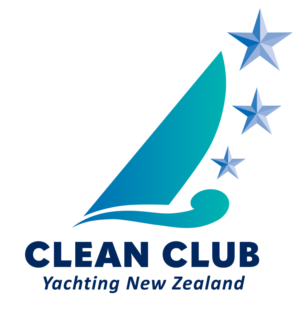Covering some 4,000 km² of sounds, islands, and peninsulas, the Marlborough Sounds lie at the South Island’s north-easternmost point, between Tasman Bay in the west and Cloudy Bay in the south-east. The almost fractal coastline has 1/5 of the length of New Zealand’s coasts.
The steep, wooded hills and small quiet bays of the sounds are sparsely populated, as access is difficult. Many of the small settlements and isolated houses are only accessible by boat. The main large port is Picton on the mainland, at the head of Queen Charlotte Sound. It is at the northern terminus of the South Island’s main railway and State Highway networks. The main small boat port is Waikawa which is one of New Zealand’s largest and provides a base for leisure sailors and vacationers.
The main sounds, other than Queen Charlotte Sound, are Pelorus Sound and Kenepuru Sound. Tory Channel is a major arm of Queen Charlotte Sound, and between them they isolate the hills of Arapawa Island from the mainland. Other islands in the sounds include D’Urville Island.
The Sounds are home to the entire breeding population of the rare and vulnerable Rough-faced Shag (also known as the New Zealand King Cormorant) which nests on a small number of rocky islets there. The New Zealand Department of Conservation (DOC) manages a total of over 50 reserves in the area.
A brief history
The sounds were extensively travelled and partly inhabited by Maori groups before the coming of the Europeans, using the sounds as shelter from bad weather and partaking of the rich food sources. They were also known to carry their canoes over some stretches of land on portage paths. However, like in most areas of the South Island, populations were smaller than in the North Island.
European history of the area is considered to start with Captain Cook’s visit to the sounds in 1770s, discovering a plant (Cooks Scurvy Grass) high in vitamin C which helped to cure scurvy amongst his crew. On Motuara Island, Cook also proclaimed British sovereignty over the South Island. Some parts of the sounds also later developed a significant whaling history, and much of the sounds was (thinly) settled by European farmers in the late 19th and early 20th century.
The main channels of the Marlborough Sounds have calm water and are popular for sailing. Cook Strait, however, is infamous for its strong currents and rough waters, especially when the wind is from the south or north. Because of this, some of the narrow channels closer to the Strait are dangerous to navigate. Notable amongst these is French Pass at the southern end of D’Urville Island, which has several vortices.
The most notable shipwreck in the sounds is that of the Russian cruise liner Mikhail Lermontov, which sank in 1986 in Port Gore, close to the mouth of Queen Charlotte Sound, after colliding with rocks. One crew member was killed in the disaster. The ship herself is now a popular dive wreck.

